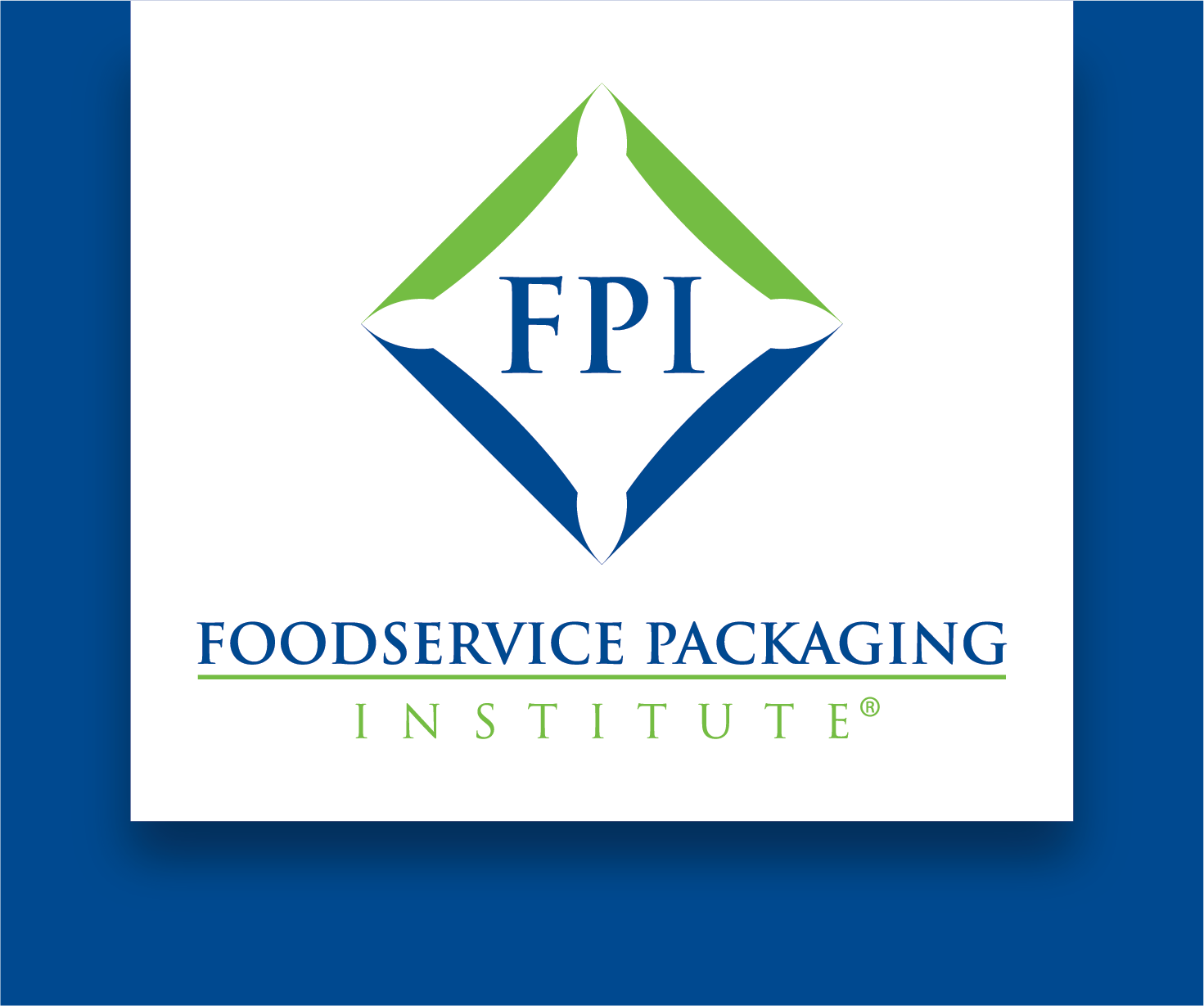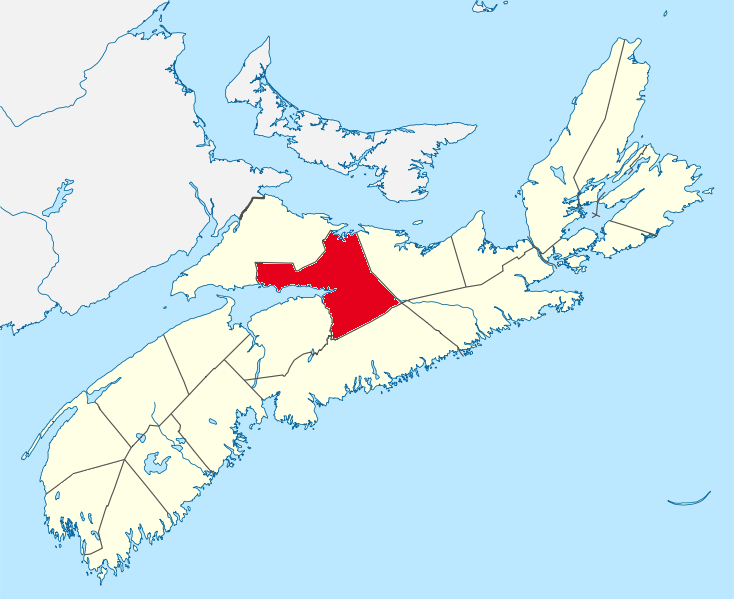Colchester County Case Study
BACKGROUND AND DRIVERS
The Solid Waste Management Department of Colchester County, Nova Scotia is responsible for providing solid waste and recycling service to 130,000 residents across several communities. The county transports collected recyclables to the county‐owned and operated dual‐stream material recovery facility (MRF) where the material is sorted, baled, and shipped to end markets. Colchester County manages each stage of the material recovery process from collection through distribution to market. Furthermore, Colchester County’s Solid Waste Management Department seeks ways to improve recycling efficiency to divert as much material as possible for sustainable reuse.
FOODSERVICE PACKAGING MATERIALS PROCESSED
In the county’s residential dual‐stream recycling program, residents sort fibers into one bag and mixed containers into another before leaving both bags at the curb for collection. The county asks that residents place plastic containers (#1‐7), milk cartons, juice boxes, aluminum pie plates, and bread bags into the curbside bag for containers. In the bag for fibers, residents can include paper egg cartons. As of April 2016, customers served by the Solid Waste Management Department and the Colchester County MRF can also place foam polystyrene (incorrectly known as StyrofoamTM) in the container bag. Foam polystyrene includes products such as cups, foam egg cartons, take‐out containers, plates, meat trays, and protective packaging.
CHALLENGES AND SOLUTIONS
In 2015, the Solid Waste Management Department estimated that foam polystyrene comprised one percent—620 tons—of the annual municipal waste stream. However, at the time, the county did not possess the equipment to efficiently recover foam products at their MRF, so the material still went to a landfill. To begin recovering this “lost” material, Colchester County applied for and was awarded a $50,000 grant from the Foam Recycling Coalition (FRC) that the county used to purchase a foam densifier for installation at their MRF. Unless it is densified, foam polystyrene is very lightweight. This makes the product inefficient and expensive to ship. Densifiers help compact foam into smaller, heavier, and more manageable bricks that can be easily transported in full truckload quantities. The MRF installed the new densifier in April 2016 and began densifying the foam that MRF employees captured at the end of the container line. The county initiated an outreach campaign by developing new flyers, updating their website, communicating on social media, and creating a video about how foam is recovered at the Colchester County MRF. Consequently, the Colchester County recycling coordinator noted that residents have eagerly participated in the new program and foam polystyrene recovery is increasing month over month as more residents are taking advantage of the acceptance of this material in the curbside recycling program.
END MARKETS
Densified foam polystyrene is a valuable commodity and tens of thousands of pounds can be trucked to end markets in a single load. Once the material is shipped from the MRF to plastic recycling facilities, the facilities grind, wash, and then pelletize the polystyrene which manufacturers can use instead of virgin plastic. Colchester County has secured an Asian export market for their densified foam PS. Plastic manufacturers use recycled polystyrene pellets to make products like decorative molding and other building products, picture frames, and packaging.
KEY LEARNINGS AND RECOMMENDATIONS
Many communities and private recyclers shy away from the promise of foam recycling because the initial costs of the program—buying a densifier, updating outreach materials, and finding end markets—may still be formidable. However, Colchester County and other communities and recyclers have found that grant funding significantly lowered the barriers to participation. After careful planning and thorough promotion, the communities served by Colchester County Solid Waste Management have proven to be ripe for foam polystyrene recycling. Communities interested in developing a recovery program for post‐consumer foam polystyrene and offering this as a value‐add to their residents recycling could benefit from the FRC equipment grants.

